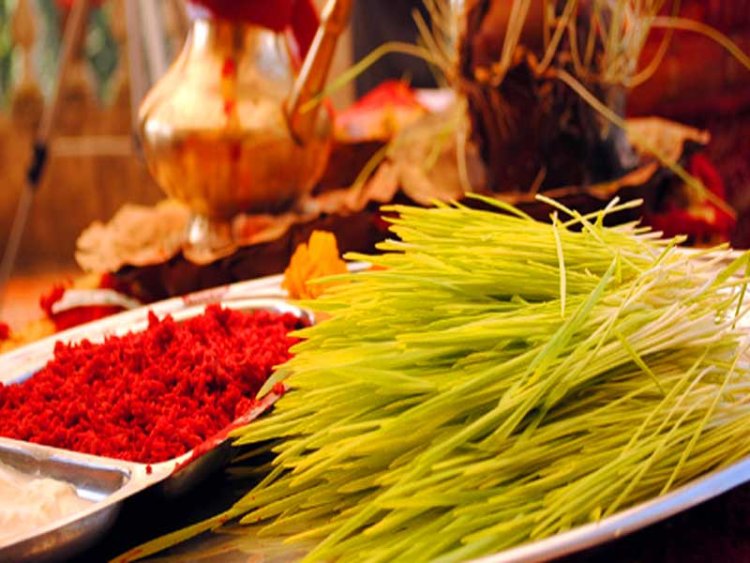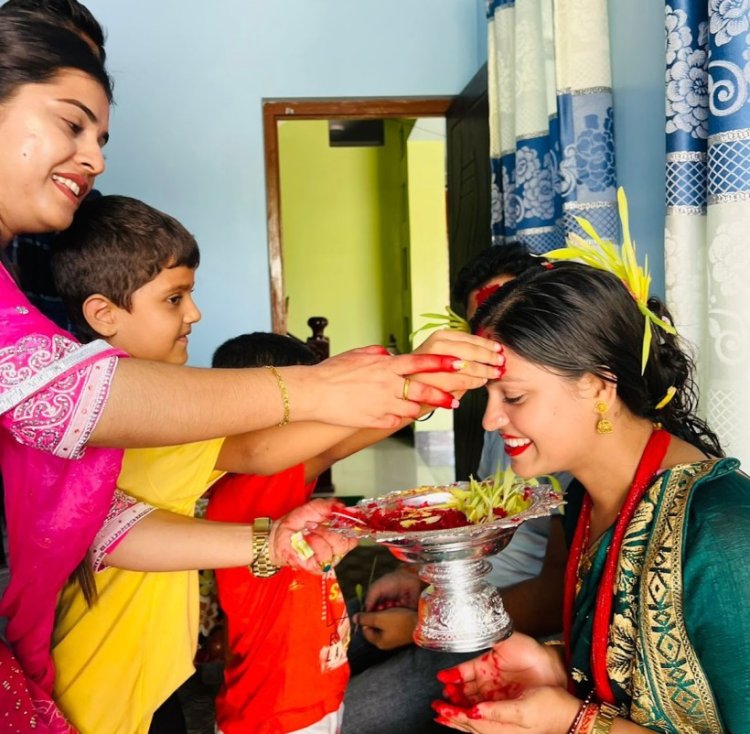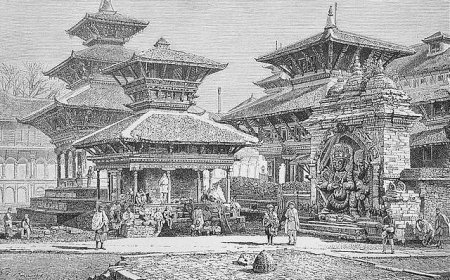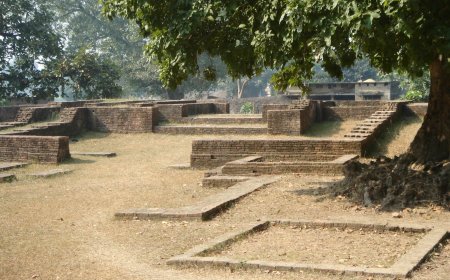Dashain Festival in Nepal - A Comprehensive Guide
Discover the richness of Dashain Festival in Nepal, with insights into regional variations, historical evolution, and its role in fostering community and cultural preservation, all in this comprehensive guide.

Introduction:
The Dashain Festival, also known as Vijaya Dashami, is one of the most important and widely celebrated Hindu festivals in Nepal. It's a 15-day extravaganza that usually happens in September or October. This festival beautifully weaves together history, culture, and religion, offering a captivating experience for both locals and tourists.
History:
The Dashain Festival has its roots in Hindu mythology and tells tales of timeless battles between gods and the eternal struggle of good versus evil. At its core, Dashain celebrates the victory of goodness over wickedness through two fascinating stories.
In the first story, Dashain pays tribute to Goddess Durga. She was called upon by the gods to defeat Mahishasura, a demon king who had brought chaos to Earth. After nine days of fierce battle, Goddess Durga emerged victorious on the tenth day, symbolizing the triumph of virtue over evil. These nine days are celebrated with devotion as people worship her various forms, each representing different aspects of strength and divinity.
The second story is about Lord Ram, a revered figure in Hindu mythology, and his battle against the demon king Ravana. Ravana had kidnapped Lord Ram's wife, Sita, and imprisoned her in Lanka. Lord Ram waged a monumental war to rescue her, but his victory over Ravana only happened with the intervention of Goddess Durga. Her divine help empowered Lord Ram, leading to the defeat of Ravana and the rescue of Sita. The tenth day of Dashain, Vijaya Dashami, represents this legendary victory, symbolizing the triumph of goodness over darkness.
These stories capture the essence of Dashain, reminding everyone of the power of goodness, resilience in tough times, and the enduring spirit of Goddess Durga. While rooted in ancient tales, Dashain continues to be a vibrant part of Nepalese culture, preserving its timeless traditions in the modern world.

The 10 Days of Dashain:
1. Ghatasthapana (Day 1):
Dashain starts with Ghatasthapana, a day filled with excitement and preparation. Households come to life as they set up a sacred altar called "Dashain Ghar." At the center is a special pot called "Kalash," filled with holy water and covered with cow dung to symbolize abundance and prosperity. This day is also for planting seeds like barley, wheat, or corn, symbolizing the vitality of life. Astrologers choose an auspicious time for Ghatasthapana when the blessings of Goddess Durga will be invoked.
2. (2-6) Days of Worship:
The days following Ghatasthapana are all about worship. Homes are filled with prayers and rituals, and families pay daily homage to Goddess Durga in her various forms, each representing different aspects of power, love, and protection. The soil on the altar nurtures the growth of the sacred "Jamara," and the sprouting greenery symbolizes vitality and prosperity.
7. Fulpati:
The seventh day marks a shift in the festival's tone, focusing on abundance and prosperity. In a colorful procession, the legacy of the royal family is remembered. It involves offerings like vibrant flowers, fruits, fragrant leaves, sugarcane, and other symbols of abundance, paraded through the streets. This ritual has a historical connection, recreating the journey from the ancestral royal palace in Gorkha to the Hanuman Dhoka palace in Kathmandu.
8. Maha Asthami:
This day delves into the more intense and fierce aspects of the divine. The festival shifts its focus to Goddess Kali, a formidable form of Durga. The rituals are elaborate, and offerings and sacrifices aim to invoke the blessings and protection of the goddess, creating a profound sense of reverence and devotion.
9. Maha Navami:
This day extends reverence to Goddess Durga and her various forms. It involves the culmination of pujas and the offerings that have been fervently prepared. A notable part of Maha Navami is the veneration of the vehicles of various gods and goddesses, symbolizing their modes of travel across the heavens.
10. Vijaya Dashami:
Vijaya Dashami is the grand culmination of the Dashain festival, and it's a day filled with profound symbolism. This is the day when good triumphs over evil, echoing the age-old stories of Goddess Durga's victory and Lord Ram's vanquishing of Ravana. It is a day when Nepalese families come together in a heartwarming display of unity.
One of the most touching aspects of Vijaya Dashami is the tradition of younger family members seeking blessings from their elders. Elders offer Tika, a special mixture of red vermilion, yogurt, and rice, and place it on the foreheads of their younger relatives. This act symbolizes the transfer of blessings, wisdom, and good wishes from one generation to the next. It's a beautiful expression of respect and love within the family, where the elders pass on their experiences and hopes for a prosperous future to the younger generation.
This auspicious day also signifies new beginnings. It's a time when people launch into new ventures, whether they are personal or professional. The blessings and the positive energy of Vijaya Dashami infuse a sense of confidence and optimism, making it a propitious time for success and setting out on fresh journeys.
The Final Days:
In the days following Vijaya Dashami, the focus shifts from the grand celebrations to more intimate familial bonds. This period emphasizes the importance of family connections, love, and togetherness.
Relatives visit each other's homes, not just to exchange pleasantries, but to strengthen the bonds of kinship. These gatherings are an essential part of Dashain, embodying the cherished values of Nepalese culture. Families share meals, engage in heartfelt conversations, and embrace blessings. It's a time when people catch up, reminisce about old stories, and create new memories. This period of coming together fosters a sense of belonging and unity that Dashain holds dear.
These final days of Dashain offer a beautiful contrast to the grand rituals of the earlier stages. They are a reminder that, at its core, Dashain is about celebrating family, love, and the enduring connections that make Nepalese culture so rich and vibrant. It's a time when people truly appreciate the bonds that tie them to their loved ones, reinforcing the values and traditions that have been cherished for generations.
Conclusion:
Dashain, with its remarkable history and vibrant 15-day celebration, stands as an embodiment of the rich cultural heritage of Nepal. The festival is a testament to the strength of tradition, the significance of spirituality, and the celebration of unity among diverse communities. Dashain encapsulates the essence of Nepal, its timeless stories, and its vibrant present, where ancient traditions and modern life coexist harmoniously. Exploring the history and rituals of this magnificent festival is an opportunity to understand Nepalese culture and the enduring spirit that has passed through generations.
What's Your Reaction?





































































































